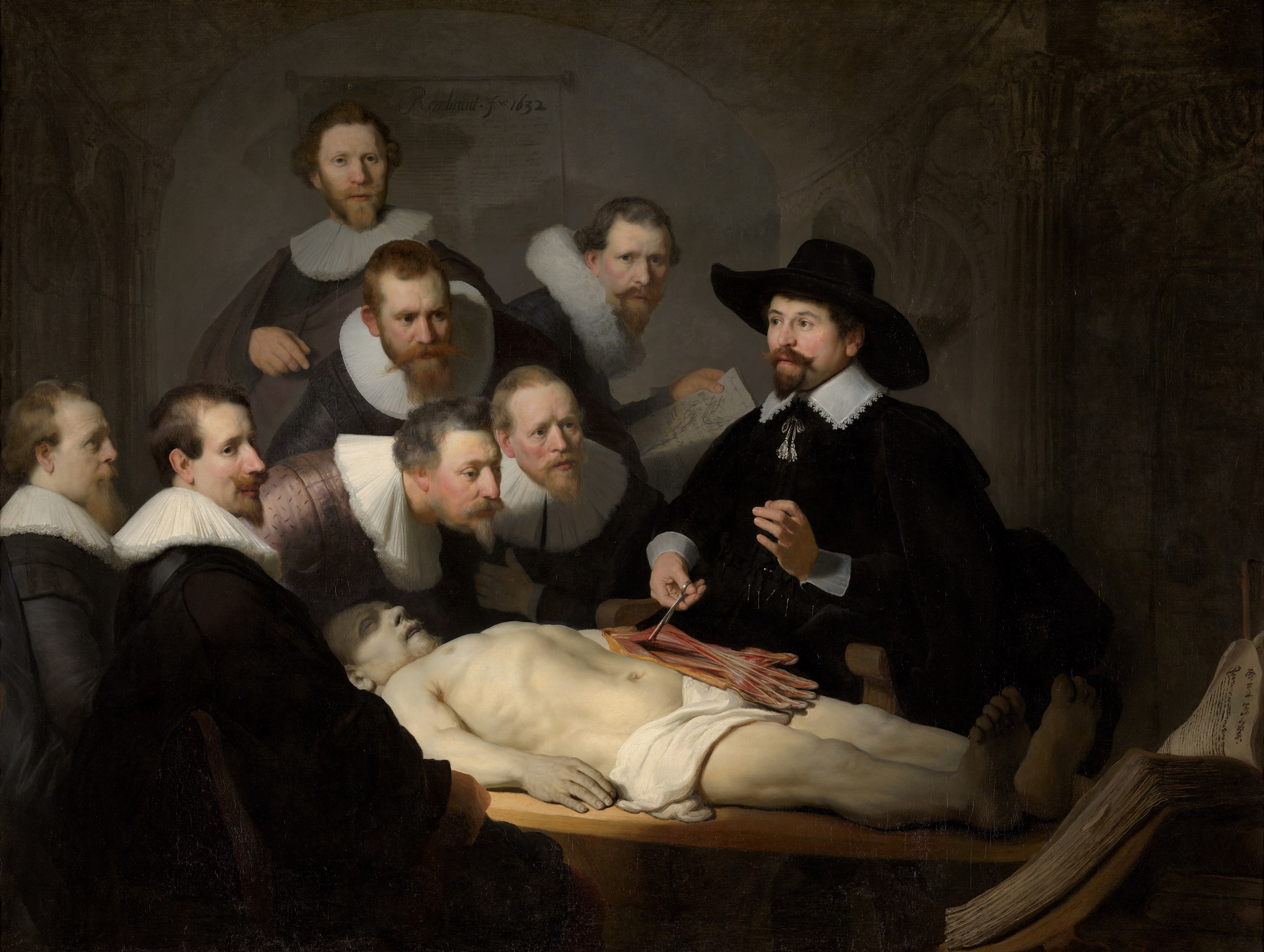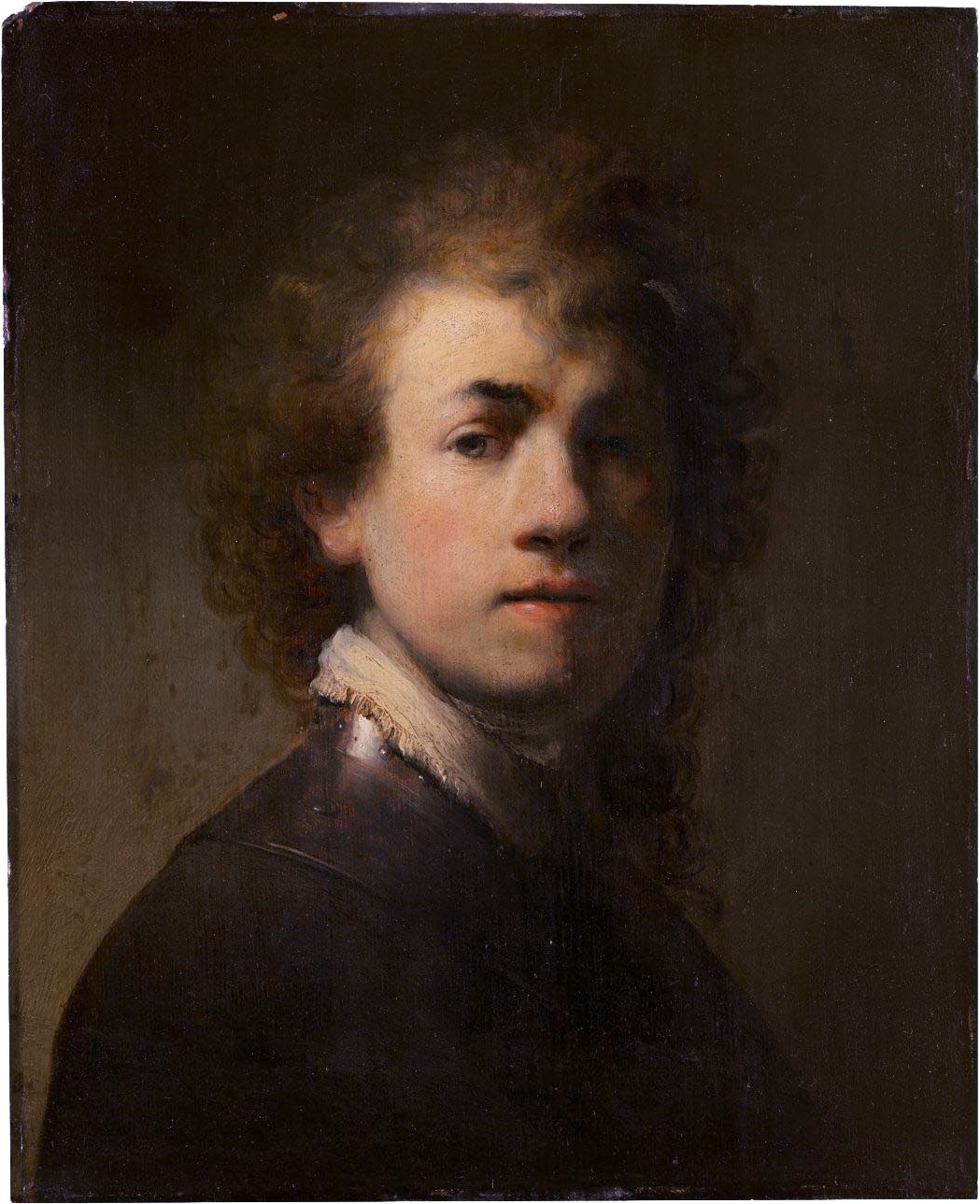Yes, look who we have for you today! We are very proud; today we can announce our partnership with Mauritshuis in the Hague. Thanks to this marvellous institution for the next four Sundays we will be presenting masterpieces from their collection. Like this one! :)) This feature is super special, because today it's Rembrandt's birthday! If you're in Mauritshuis today, the museum will be celebrating with free cake for the visitors and extra tours through the museum :) And if you'd like to share this piece to your social media don't forget to add #rembrandt :]
The Anatomy Lesson of Dr Nicolaes Tulp of 1632 is one of the most impressive portraits ever painted by Rembrandt (1606–1669). It was his first group portrait and a unique opportunity to show off his talent as a portrait painter. The work was commissioned by the Amsterdam surgeons’ guild and Dr. Nicolaes Tulp, the praelector anatomiae (lecturer in anatomy), who was occasionally allowed to dissect the body of an executed criminal. These lessons lasted for several days and took place in the winter, when corpses decomposed less quickly. Every couple of years a painter was commissioned to document one of these anatomical demonstrations in a group portrait.
Compared with the earlier group portraits in which the surgeons stand rather stiffly, in rows, Rembrandt’s composition is exceptionally dynamic and innovative. It is the first painting in which a praelector actually performs a dissection. The corpse is placed in the picture diagonally, with an open anatomy book at its feet. Rembrandt did not portray the surgeons in static rows, but arranged them in the shape of a pyramid. The protagonist, Dr. Tulp, had to be given a prominent place; indeed, Tulp, wearing a black hat, dominates the right half of the scene. It is no coincidence that three hands converge at the center of the composition: the hand of the corpse and those of Dr. Tulp, his right hand in the act of dissecting and his left hand gesturing. Rembrandt must have realized that there were limitations to his artistic freedom.
One of these men did not pay to have his portrait painted: the corpse, Aris Kindt. This incorrigible thief had been hanged in Amsterdam on 31 January 1632 and taken that same day to the surgeons’ guild for dissection.


 Rembrandt van Rijn
Rembrandt van Rijn